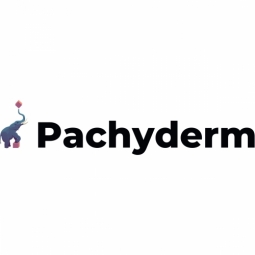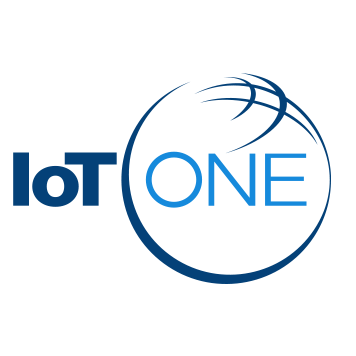Suppliers
United States
Pachyderm
Overview
This profile is not managed yet, if you would like to manage
this profile, please contact us at team@iotone.com
this profile, please contact us at team@iotone.com
 |
Pachyderm |
| United States | |
| San Francisco | |
| 2014 | |
| Private | |
| < $10m | |
| 51 - 200 | |
| Open website |
IoT Snapshot
Technology Stack
Case Studies
Number of Case Studies1
|
Optimizing Autonomous Driving with IoT: A Case Study of Woven Planet and Pachyderm
Woven Planet, a subsidiary of Toyota, is focused on building the safest mobility in the world with a particular emphasis on automated driving. The Automated Mapping team at Woven Planet is tasked with creating automotive-grade maps for use in automated and autonomous-driving vehicles. This requires the use of aerial orthographic projection, a method that has been used in the development of consumer-grade navigational maps. However, using this data to meet the rigorous requirements of automated driving at a continental scale is a significant challenge. The maps for automated driving applications need a level of detail, accuracy, and precision far beyond those of their consumer-grade counterparts. This requires processing large volumes of data. The Automated Mapping team needed an orchestration system that could scale to meet elastic workloads, easily toggle between structured and unstructured datasets, and provide long-lived pipeline stability for continuous, region-based map updates. |



